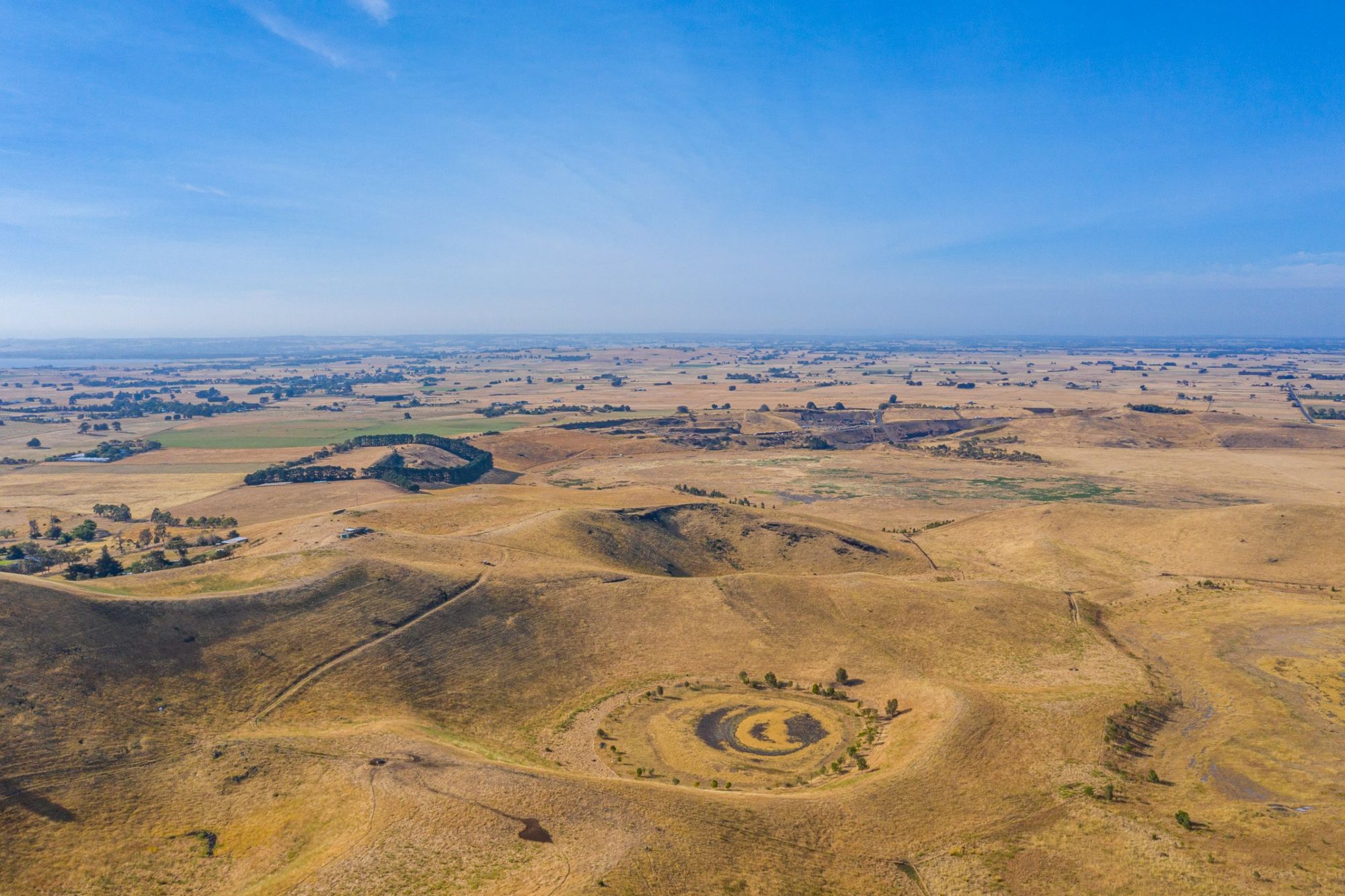Tenacity
Or, author Allan Marshall sets an early example of the social model of disability.

The country town I’m staying in is not far from the birthplace of Allan Marshall. He’s an author well known for his autobiographic novel, I Can Jump Puddles, an Australian classic. Born in 1902, Marshall contracted polio when he was in primary school. He experienced paralysis in both his legs, the right one worse than the left. He spent his boyhood on crutches or in a wheelchair and, with the support of his parents, defied being labelled a cripple at the time.
Marshall set the novel in Turralla. This is the fictional name he used to hide the location of his birthplace: Noorat, a small town beside a big hill called Mount Noorat, in the Western District of Victoria.
This part of the country undulates beautifully. Once covered in grassland and forests, it now features vast stretches of farms in the English tradition. The district is peppered with bluestone churches and old pubs. Large volcanic hills rise in uneven lumps against the horizon, creating places for historic peoples to oversee the land and for modern folk to build phone towers.

Mount Noorat is just over 300 metres tall. It has a giant crater that dips sharply for 200 metres into the centre of the hill. People love walking to the top of the mountain and some of the daring tackle the crater itself for a brisk downhill experience, and some hard yakka climbing back up.
As a boy, Marshall was one of the daring:
“I looked at my crutches for a moment, wondering whether they would be safe there and if I could remember where I left them; then I turned on to my hands and knees and set off for the bottom where the boys were now calling to each other and exploring the flat area they had reached.”
Marshall struggles to get back up to the top of the crater, but he manages by dragging his body across the rocky ground and resting periodically. It’s quite extraordinary how this boy does not let his disability stop him from living like the other boys. His adventures in the bush are as rich and risky as any of his friends.
Here’s a moment when he reaches out for a bag of lollies a couple of metres away from him:
“I looked at the bag of lollies on the grass. The thought that it would be impossible for me to get them of my own accord was an alternative I did not consider for a moment. Those lollies were mine. They were given to me. Blow my legs! I would get them.”
Sometimes, in reading this book, it can be easy to think of Marshall as reckless or even bloody-minded. But as I drove past the sign marking his birthplace, I reflected on how progressive he was. So many people he met treated him as a ‘dear little cripple’, bathing him in pity rather than in belief about who he really was.
I love this quote from Allan’s father when he is told that the disability is ‘God’s will’ and ‘the back is made for the burden’:
“That boy’s back was never made for the burden, and, let me tell you, this won’t be a burden either. If you want to look for burdens, there’s the place to look for them.” And he tapped his head with a brown finger.
So, in refusing to let his disability define him, Allan Marshall and his family were pioneers of what today we’d call the social model of disability. Here’s how the Australian Federation of Disability Organisations (AFDO) defines this term:
“The social model of disability says that people are disabled by barriers in society, such as buildings not having a ramp or accessible toilets, or people’s attitudes, like assuming people with disability can’t do certain things.
The medical model of disability says people are disabled by their impairments or differences, and looks at what is ‘wrong’ with the person, not what the person needs.”
Since the 1970s, people have believed that the medical model creates low expectations. It leads to people losing their independence, choices and ability to control their own destiny. If we wring our hands and look at people with disability through the lens of pity, we stop seeing the person and instead see only the disability.
These days, technology has opened up the lives of many people with disability. One of the best parts about this is the stronger visibility that people in our community have by telling their stories, posting videos, sharing information. These voices are best heard in those authentic tones, rather than being filtered by the gatekeepers of the past: families, relatives, institutions, governments.
There’s still a long way to go. Society itself continues to create barriers that people need removed. Buildings need ramps, not just stairs. Websites need good heading structures and well-named links. Police and other authorities need communication training. Certain words need to be removed from the lexicon. Attitudes need to shift and change permanently.
Marshall’s best mate, Joe, is the epitome of the attitude that’s required. He’s Marshall’s kindly, patient friend who doesn’t expect anything of him other than participation in their everyday childhood exploits.
I Can Jump Puddles is a good story and it’s worth a revisit with contemporary eyes if you haven’t read it since high school.

